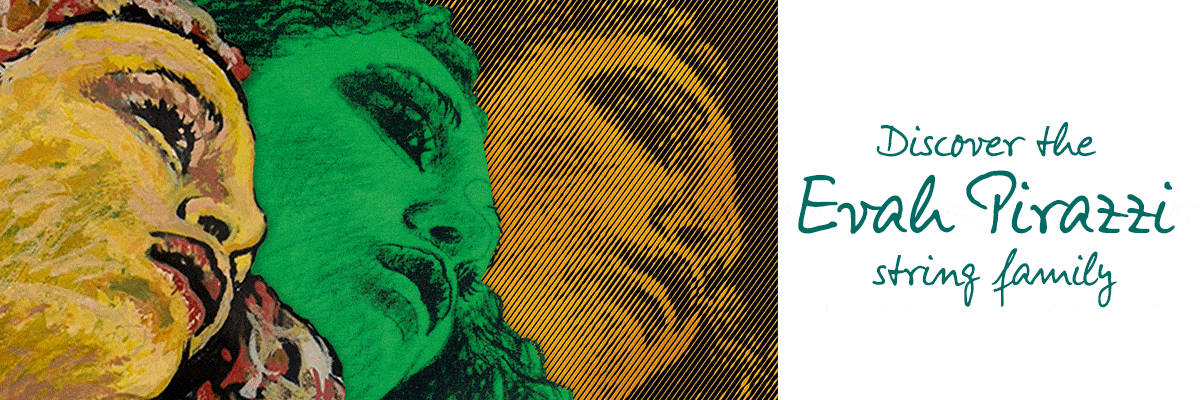German vs. French style
In “Absolutely on Music” Seiji Ozawa and Haruki Murakami discussed a German vs. French style of string playing, the former being more into the string and later using more bow speed instead (I believe). Do string sections conform to a certain style of playing these days? I suppose repertoire choices would drive style to a large degree.
Replies (4)
Even so, recordings, broadcasts, and international travel have weakened much of this legacy. These days you have Juilliard students from Asia and all parts of Europe competing for the same slots all over the United States. And the conductors who shape their sound usually have little connection with or affinity for their predecessors from a century ago.
One relic of this, though, that I witnessed was a tour performance by the Philadelphia Orchestra in Boston. Symphony Hall has famous acoustics, but you have to be careful not to play too harshly or loudly. The Philadelphians, on the other hand, nurtured their lush sound in part by playing at the bone-dry Academy of Music and then regularly flexing their muscles in Carnegie Hall. Anyway, when they got to Boston, they sounded AWFUL, and Sawallisch spent most of the first half trying to get them to shut up. He must have delivered a stern lecture at intermission, because they were much more settled in the second half. But it was one case where you could say an orchestra had inherited a particular sound.
WWII isolated Czechoslovakia with the German occupation, and the Communist takeover continued to make travel difficult.
Violinist.com is made possible by...
Dimitri Musafia, Master Maker of Violin and Viola Cases
Johnson String Instrument/Carriage House Violins
Subscribe
Laurie's Books
Discover the best of Violinist.com in these collections of editor Laurie Niles' exclusive interviews.

Violinist.com Interviews Volume 1, with introduction by Hilary Hahn

Violinist.com Interviews Volume 2, with introduction by Rachel Barton Pine








